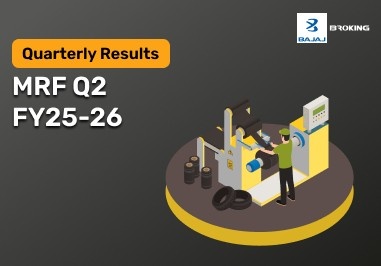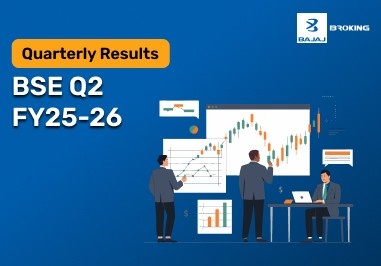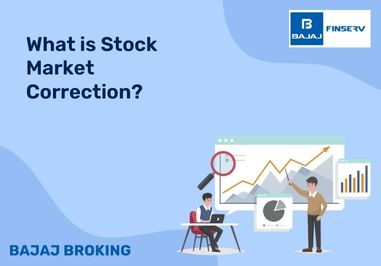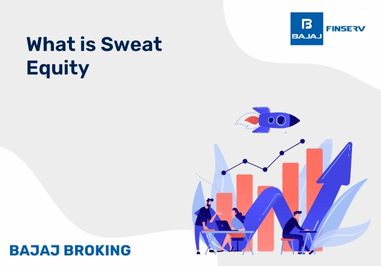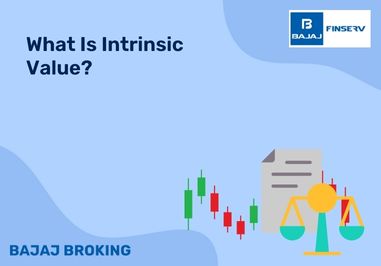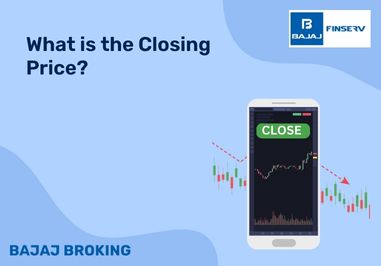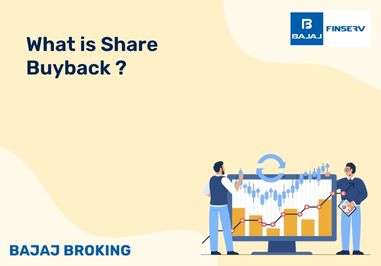It is a well-known fact that managing risk is one of the most crucial aspects of building a successful trading strategy. The same holds true for algorithmic trading. One of the most effective risk management tools you can implement in your algo trading system is the Trailing Stop Loss.
But before diving into how to use this tool, let's first take a step back and understand the context.
What is Algo Trading?
Algorithmic trading, or algo trading, involves using computer programs to execute trades based on predefined rules or algorithms. These rules can be based on price, volume, indicators, or even timing. Instead of manually buying and selling stocks or crypto assets, your system does it for you — often in milliseconds.
Why is Stop Loss Important in Algo Trading?
In live markets, prices can move very fast, and a few seconds of delay can result in large losses. Stop loss is your safety net. It defines how much you're willing to lose on a trade. In algo systems, if your programme doesn’t include smart stop loss logic, one bad trade could wipe out your capital.
Now, let’s go deeper into how you can implement a Trailing Stop Loss system in your algo trading logic.
Difference Between Fixed Stop Loss and Trailing Stop Loss
While both fixed and trailing stop losses are risk management tools used in trading, they function differently and serve distinct purposes. Here's a breakdown of their differences:
Feature
| Fixed Stop Loss
| Trailing Stop Loss
|
Definition
| A pre-set price level to exit a trade if the market moves against you.
| A dynamic stop loss that moves in your favour as the price moves.
|
Flexibility
| Static – once set, it does not change.
| Dynamic – adjusts automatically based on market movement.
|
Profit Lock-in
| Doesn’t lock in profits automatically.
| Locks in profits as the price moves favourably.
|
Risk Management
| Protects capital but may exit trades early.
| Allows more room for trade movement before exiting.
|
Best Use Case
| Sideways or volatile markets.
| Trending markets where prices move steadily.
|
Complexity in Algo Trading
| Easy to implement.
| Requires more advanced logic and backtesting.
|
Example:
If you buy a company’s shares at ₹ 20,000 and set a fixed stop loss at ₹ 19,000, it stays there. But if you use a trailing stop loss of ₹ 500, and the price moves to ₹ 21,000, your stop loss will automatically trail to ₹ 20,500 — protecting more of your gains.
Understanding this distinction is important when building a robust algo trading system that uses intelligent exit strategies.
Steps to Implement a Trailing Stop Loss in Your Algo Trading System
When you're building or modifying an algorithmic trading bot or strategy, implementing a trailing stop loss involves more than just coding a price-following rule. You must consider several key steps to ensure your strategy is effective and reliable.
Choosing the Right Algorithmic Trading Platform
Before you can successfully implement a trailing stop loss —or any automated trading strategy— you need to select the right algorithmic trading platform. For a beginner, this decision might seem overwhelming due to the wide range of available options. However, understanding what to look for in a platform will help you make an informed and confident choice.
Here are the points to consider when choosing a platform:
1. User-Friendly Interface
For beginners, ease of use is crucial. The platform should have a clean, intuitive dashboard that allows you to set parameters, create strategies, and monitor performance without requiring extensive coding knowledge. Look for drag-and-drop strategy builders or platforms that support basic scripting with clear documentation.
2. Programming Language Support
Depending on your comfort with coding, check which programming languages the platform supports. Commonly used languages for algo trading include Python, R, and JavaScript. If you're new to coding, consider platforms that offer simplified scripting environments or pre-built strategy templates that require minimal programming.
3. Backtesting Capabilities
Backtesting is one of the most important features for any algorithmic trader. This allows you to simulate your strategy—like a trailing stop loss—on historical market data to see how it would have performed. The platform should offer a robust backtesting engine with access to quality historical data across different timeframes
4. Real-Time Market Data Access
A good algo trading platform must provide access to real-time market data and fast order execution. Trailing stop losses, especially, rely on price movement tracking to adjust stop levels dynamically. Any delay in price feeds or execution can lead to slippage and missed opportunities.
5. Paper Trading or Virtual Trading Support
As a beginner, you should practise your strategy using a paper trading environment before going live. The platform should offer a simulated trading feature that mimics real market conditions without using real money. This lets you test your trailing stop loss setup in a risk-free way.
6. Customizability and Strategy Control
Look for platforms that let you customise every part of your strategy, from entry/exit conditions to risk management tools like trailing stops. Some platforms offer limited control over execution or limit access to more advanced features unless you're on a paid plan.
7. Security and Reliability
The platform should adhere to strict security protocols, including data encryption, secure login methods, and two-factor authentication. Reliability also includes platform uptime — ensure the system is stable and doesn’t crash during volatile market hours.
8. Pricing and Trial Options
Lastly, compare the platform’s pricing model. Some offer free trials, limited feature access on a free plan, or charge fees based on usage or trades. For beginners, starting with a free or low-cost platform while you learn is often a good strategy.
9. Support and Community
Strong customer support, tutorials, user forums, and documentation can make a huge difference for beginners. In case you’re stuck while setting up your trailing stop loss or need help backtesting a strategy, having access to prompt support is invaluable.
10. Broker Integration
Make sure the platform integrates smoothly with reputed and regulated brokers. Check if it allows automated execution of trades through your broker’s account once the strategy is live.
Defining Trailing Stop Loss Parameters
Before coding the logic, define the parameters clearly. These values will decide how the trailing stop loss behaves once a trade moves in your favour.
Some key parameters include:
Trailing Amount/Percentage: This defines how far behind the current price the stop loss should trail. For example, a 3% trailing stop will move the stop loss up only when the price rises by at least 3%.
Trigger Price: Some platforms require a specific trigger level before the trailing stop activates. Decide if this is necessary for your strategy.
Asset Volatility: A tight trailing stop in a volatile market may trigger too early. Adjust the trail based on the asset’s volatility.
Timeframe Consideration: Your trailing stop should align with your trading timeframe (Scalping Trading, Intraday Trading, Swing Trading, etc.)
Example: Suppose you bought stocks worth ₹ 3,00,000 and set a 5% trailing stop. If the price rises to ₹ 3,15,000, your stop loss will move from ₹ 2,85,000 to ₹ 2,99,250. But if the price drops from ₹ 3,15,000 to ₹3,10,000, the stop loss stays at ₹2,99,250.
Backtesting Your Trailing Stop-Loss Strategy
Before deploying any strategy live, backtesting is essential to understand how your trailing stop behaves under different market conditions.
Here’s how to backtest effectively:
Historical Data: Use quality historical data from your trading platform or data providers.
Simulate Trade Execution: Apply your algorithm to simulate trades using your trailing stop logic.
Measure Performance: Track metrics like profit/loss, drawdown, win rate, and maximum favourable excursion (how far the price went before reversal).
Test Across Market Phases: Try bull markets, bear markets, and sideways markets to see how your trailing stop performs.
Tip: Backtest with and without trailing stops to compare outcomes and fine-tune the logic.
Implement Trailing Stop Loss in Your Algorithmic Trading Strategy
With parameters and backtesting in place, you can now code the trailing stop loss logic into your algo system. Here’s a simplified structure of how the logic works:
Logic Flow:
Enter a trade (buy/sell) based on your entry strategy.
Monitor the price movement.
If the price moves in your favour, adjust the stop loss upward (for long trades) or downward (for short trades) by the trailing value.
If the price falls back to the new stop loss level, exit the trade.
In programming terms:
Use if-else conditions to compare new highs with previous ones.
Update the stop loss dynamically.
Keep track of price movement using real-time data feeds.
Continuously Track Performance and Make Necessary Adjustments
Once the system is live, your job is not over. Ongoing performance monitoring is necessary to ensure your trailing stop is optimally tuned.
Here’s what to monitor:
Stop-Out Frequency: Are too many trades getting stopped out too early? Maybe the trailing value is too tight.
Profit Capture: Is the trailing stop locking in enough profits before reversal?
Market Behaviour: A volatile or sideways market may require a wider trailing value than a trending one.
Execution Delays: Ensure there's no slippage or latency that causes delayed stop-loss placement.
News Events: Sudden news can cause price spikes—consider disabling the trailing stop during major announcements if needed.
By adjusting parameters based on real-time performance and maintaining flexibility, you make your system adaptive and more robust.
Conclusion
A Trailing Stop Loss is a powerful tool in algorithmic trading that helps maximise profits while minimising losses by dynamically adjusting your exit level based on favourable price movements. Especially in trending markets, this approach gives your trades more room to grow while still having a safety net in place.
Setting up a trailing stop loss in algo trading systems requires careful planning, parameter selection, rigorous backtesting, and regular performance reviews. While more complex than fixed stop losses, the reward lies in better trade management and improved outcomes over time.
For beginners exploring algo trading, learning how a trailing stop works and incorporating it into your system is an important step towards building a smart, automated trading edge.



